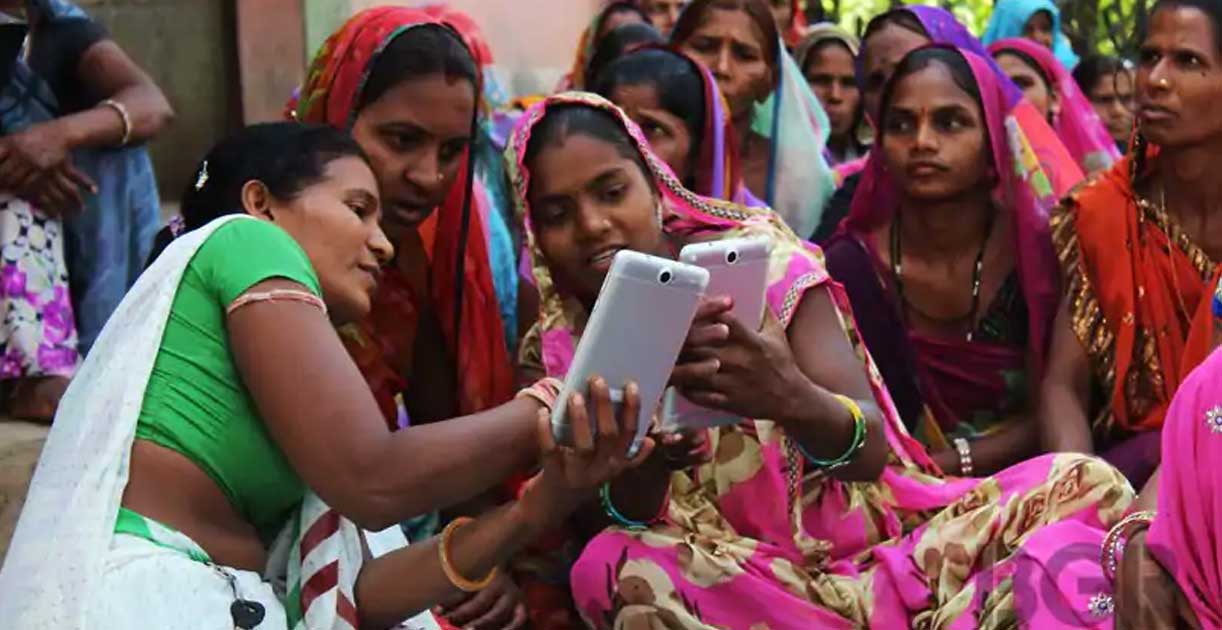Mobile-phone access is associated with increased use of contraception, lower gender inequality, and lower maternal and child mortality
Continue reading5G Was Going to Unite the World—Instead It’s Tearing Us Apart
Divisions over technical standards and the role of China’s Huawei are jeopardizing the rollout of superfast connections.
Continue readingHow misinformation spreads on Twitter
Social media is here to stay. It is in our lives and our phones, in our news and our politics, and in the manner in which key events are transmitted and interpreted by the public. The tragic murder of George Floyd, for example, was visible for the world to see in large part because the cellphone video permeated social media.
Continue readingAuroville – Utopia Based Inspiration
This paper enumerates the aspirational aspects of Unconditional Basic Income (UBI) and in doing so attempts to present Auroville as an exemplar to the outside world. Auroville has been in existence as an intentional community for more than 50 years now, we are however yet to implement a UBI in its truest sense. But, what makes Auroville a compelling context for UBI is its existence grounded on the ethos of unity in diversity, constant progress, and a research-centric futuristic approach. Each of these provides a fertile ground for a multitude of ideas to sprout and flourish, which can then be transposed to a larger context.
Continue readingConscious Communication Customs
The study of the role of organizational communication is part of the communication studies. The definition of effective organizational communication is that this is open dialogue between the management and employees in a company that results in improved engagement and productivity of the personnel.
Continue reading




